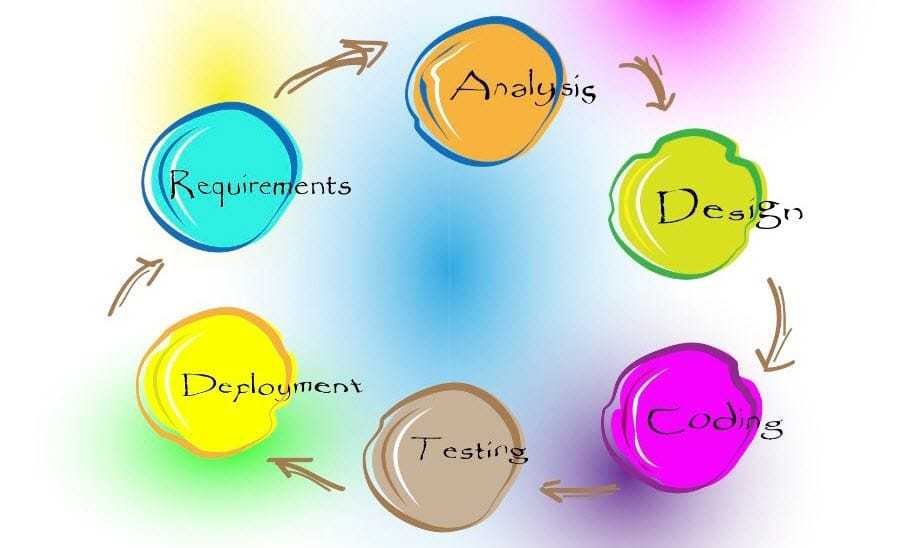
Below are a few personal lessons learned on the front-lines:
1. Put discovery as the focus first. It can be easy to assume that a project will go as planned, even with the estimate of issues or problems baked into the project timeline. CEOs and executive team members may put the pressure on for hard dates and deliverables during initial discussions and scope of the project. But do not make any conclusions until you’ve taken a thorough assessment of every element with which you might be faced. This can mean asking questions about priorities and trading off given constraints such as budget, time, and resource availability. Find out all that you can from every corner of the organization. Then, set your course.
2. Be clear on what’s possible. Once you’ve worked through the variables of the project, it’s time to get clear on what is and what isn’t possible. This might sound like a ‘no brainer’ for most executives, but we’ve all felt pressure to set ambitious goals. There’s nothing wrong with aiming high in product development, providing that you’re honest about what is possible. Set realistic, attainable goals. This goes beyond what you think is possible for your team to what is realistic for every department in the company. This requires clear internal communications between teams. While you can’t speak for the leadership in marketing or business development, asking questions as noted above and factoring them into what is possible in terms of the product’s development is important.
3. Identify and alert teams of anticipated delays immediately. Product development is a bit like a train in that whatever the engine does, the cars will ultimately do as well. Never take potential issues or red flags lightly, and cascade these issues or potential delays to the entire team immediately. It’s a good practice to stay true even when you’re not 100% sure something might go wrong. Measurable and frequent milestones are necessary along the way. Alerting the CEO or other leaders in the company of the potential issue doesn’t mean the process will be derailed but, rather, that it may need to be adjusted. This will help everyone from all sides of the company to be more agile and prepared, which keeps things running smoothly and on-budget whether issues and delays arrive or not.
It’s also important to remember that great products come from great teams, and great teams are motivated by good leadership. Be prepared to ready and to support your team. This is demonstrated through small and large gestures, from buying pizzas when everyone’s working late to ensuring that you set the pace, professionalism, and process by example.
Also published on the Women 2.0 blog.
Originally published May 19, 2015, updated Aug 27, 2020




